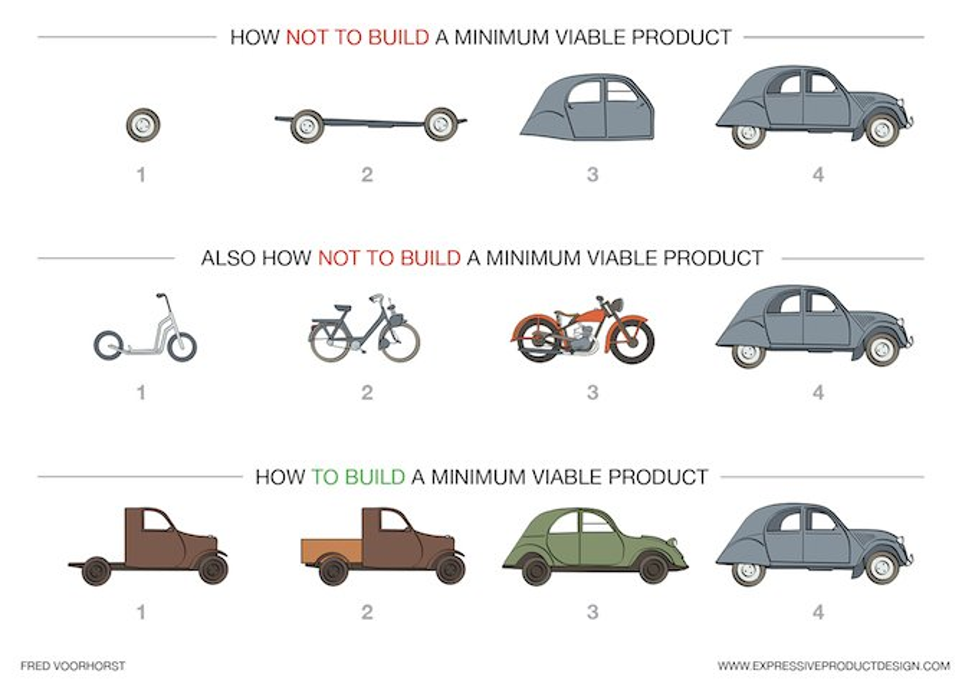YAGNI, but ...
I’ve said it before, and I’ll probably say it again. Remember YAGNI. You Ain’t Gonna Need It. But, YAGNI, until you do. And if you haven’t planned for it, then what?
We got about 5 inches of snow overnight here in sunny Colorado. It’s all shoveled now, and I used my legs, not my back, so I’m fine. Actually, this is Colorado Powder, so I used a 36” push-broom for most of it. But it reminded me of a teaching moment from my youth in the northeast, where the snow is wet and heavy, more like concrete. And it’s not so sunny, so it kind of sets like concrete too.
After one of those 12” dumps my father sent me out to shovel my grandmother’s sidewalk and plow her driveway. I argued a bit, but hey, I was going to get to drive the tractor (not me, but the same tractor), so I did it. I did it exactly. Nice straight cuts down to the edge of the sidewalk and put the snow right there on the edge. A couple of turns around the driveway with the tractor and if the berm was on the driveway a little, there was still plenty of room for the car, so no problem. I told my dad I was done and asked if I could borrow the tractor to plow the lake off for hockey.
He took a look outside and asked if I was sure I was done because there was going to be more snow later in the week, and it was only November, so … I said yes. Everything is clear. He said OK, you can borrow the tractor, but you have to keep doing your grandmother’s sidewalk and driveway. I thought that was great and went and plowed the lake. Driving on ice with individual rear wheel braking is fun, btw.
And as it is wont to do in those parts, it got a little warmer (like mid 30s) then got cold and snowed again. So I plowed and shoveled, and if the driveway got a little narrower because the berms crept inward a little it still wasn’t a problem. The car still fit. Rinse and repeat a few times. And then one morning after plowing the car didn’t fit. And the berms were about 2 feet of near solid ice. So out I go w/ the tractor, pick, and shovel and beat the berms into submission. Got my grandmother’s car out and she got to work, so all was well.
At which point my father reminded me that just doing what you need at the moment has long term consequences, and saving a little time then can leave you in a really bad place later. Then he got out the big tractor and pushed the berms back to where they should have been.
That’s when I learned about the exceptions to YAGNI. You might not need it now, but sometime you know you’re going to in the future. Or at least the combination of work needed now to prepare for the future combined with the chance of needing it later and the amount of additional work needed to recover from the omission makes it worth buying the insurance of the pre-work.
And that applies to software just as much as it does to plowing the driveway. It’s certainly easier and faster to access S3 directly than it is to build and use a full POSIX compliant file system wrapper. So you probably shouldn’t do that since you don’t need the full wrapper now, but maybe a simple facade, with no semantic differences that does nothing but collect your accesses and maybe collects some metrics, is worth doing. The metrics are certainly nice, and it lets you see your access patterns better. And, if you realize later that yoU DO need that full POSIX compliant system or you need to switch to Azure blob store, or even just handle multi-region S3 access efficiently you’ve got a place to do it.
So remember, YAGNI, but …

